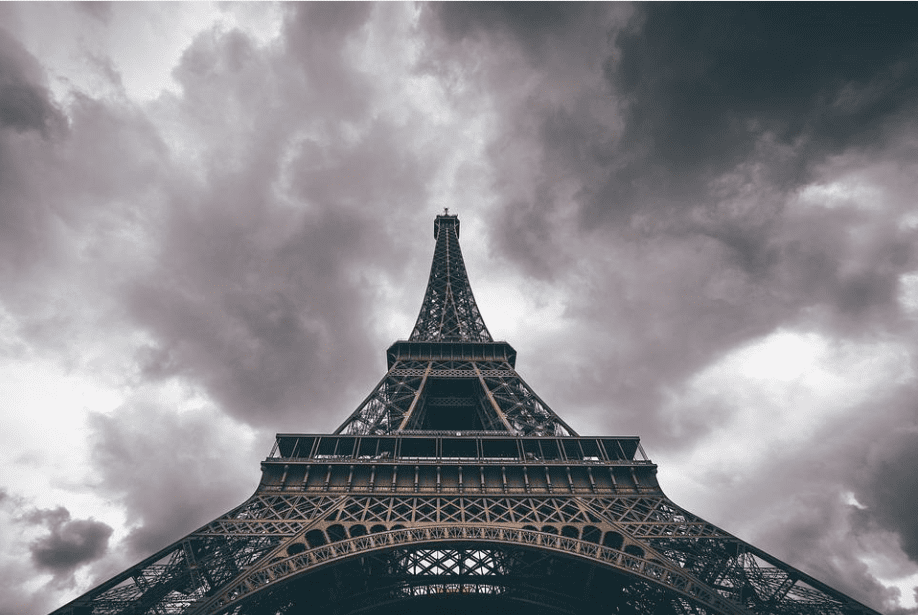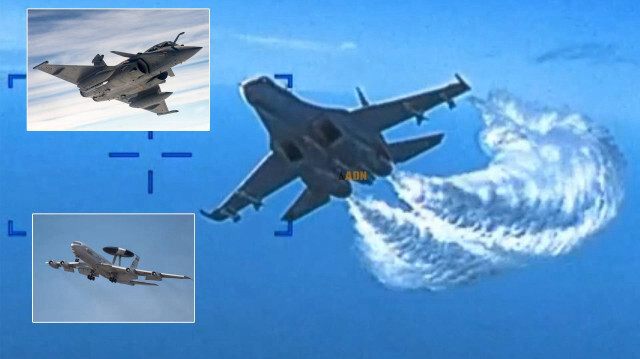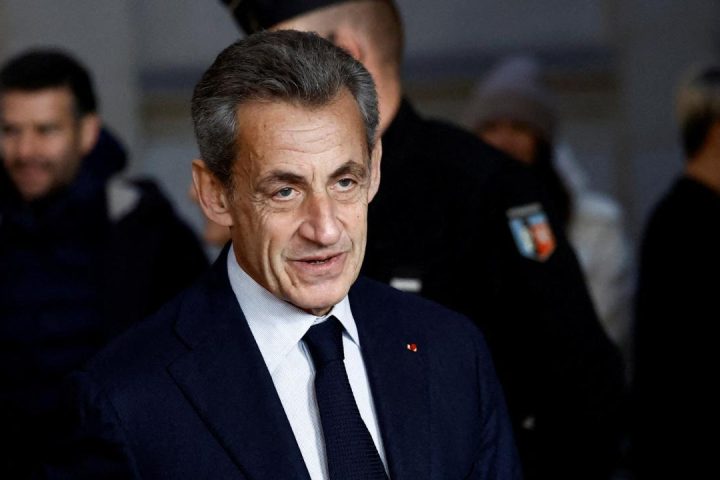The Eiffel Tower is an iron tower in Paris. The tower has also become a symbol of France all over the world. It is named after the French architect Gustave Eiffel, who had it built. One of the biggest tourist attractions, the Eiffel Tower attracts 6 million tourists a year. In 2002, the total number of visitors reached 200 million.

The Eiffel Tower was built between 1887 and 1889 by Gustave Eiffel’s firm as the gateway to the Expo 1889 Paris fair organized as part of the 100th anniversary celebrations of the French Revolution. In fact, the architect of the tower was not Gustave Eiffel, but Stephen Sauvestre, who designed it on the commission of the Swiss Maurice Koechlin. He made the first designs together with his colleague Emile Nouguier. The construction costs of the tower, amounting to 7,739,401 francs 31 cents, exceeded Gustave Eiffel’s estimates by 1 million francs. 1.9 million people visited the tower in the 5 months before the opening date in 1889, so 3/4 of the total cost was written off by the end of the year.
3,000 workers assembled 18,038 pieces of iron with 2.5 million rivets over 26 months. The fact that there were no fatalities is surprising in the circumstances of the day.
But the tower also provoked a reaction from the people of Paris, who saw it as a stain of shame. Some artists compared it to a gigantic street lamp and argued that it would tarnish the visual reputation of Paris like a factory chimney. Thus, a campaign was launched in the artistic and literary circles of the time, and leaflets signed by famous artists were distributed during this campaign. Today, the Eiffel Tower is considered one of the most beautiful architectural structures in the world. Parisians call it the Iron Lady. At first, Eiffel was only allowed to build the Tower for 20 years. Therefore, in 1909 the tower had to be dismantled. However, since the tower had reached a height that was very suitable for communication and allowed transatlantic communication in the new century, it was allowed to remain. In this context, the Eiffel Tower played an important role in the development of radio broadcasting. With the advantage of being able to propagate radio waves over very long distances, the Eiffel Tower was used in World War I. It was also used as a signal interrupter and jammer during World War II. Today, the Eiffel Tower is the most visited point in Paris, but it is still used as a transmitting station with its 27-meter radio transmitter at the top.




